There lie various subgenres within horror, which is a dynamic, ever-evolving medium that can capture the caverns of the human subconscious. Body horror is a peculiar pocket that resides within the horror genre, one that can evoke visceral reactions while acting as a metaphor for deep-rooted psychological issues.
Some narratives are inescapably body horror all over, while others merely reference the genre in order to strengthen the narrative, such as Stuart Gordon’s From Beyond, which begins with cosmic horror elements and morphs into something rather grotesque. The genre has had an interesting evolution over time, culminating in films such as Julia Ducournau’s Titane, which utilized body horror to deliver in-depth commentary about its primary character, while deepening the themes inherent within the film.
As any list is subjective, the following body horror entries are integral not only for shaping the genre as we know it but also due to the fact that they helm storylines that delve into the bold and the bizarre. The body, an extension of the self, can manifest in ways beyond human comprehension, and here are some of the best films that delve into these themes.
A bunch of David Cronenberg films

The body horror genre is synonymous with David Cronenberg, who pumped out a string of films that delved into the mutations of the flesh, heightening the anxieties surrounding the vulnerability of the self. Seminal among Cronenberg’s body horror offerings are The Brood, Videodrome, The Fly, and EXistenZ, although almost all of his films carry a unique brand of psychosexual commentary informing a cerebral, psychological theme.
To highlight the essence of Cronenbergian body horror, one can look no further than The Brood, in which a woman named Nola Carveth (Samantha Eggar) enrolls in experimental therapy at a remote institute. Over the course of the sessions, Nola deals with her subconscious trauma and rage, and manifests them externally via her body, giving birth to creatures that are unsettling to say the least. Here, the horror is attached to the trope of subversive motherhood, and the idea of childbirth, which is already a painful process attached to certain societal expectations.
In films like Naked Lunch, Cronenberg takes on a more fantastical, visceral approach: grotesque creatures find a way to fuse with human bodies, and seemingly harmful non-living equipment, such as a typewriter, transform into a talking bug. Furthermore, Videodrome and EXistenZ treat flesh as conduits to other worlds or subversive caverns of the human mind, wherein a metamorphosis of some sort is required to upgrade to the next level of human consciousness.
Cronenberg’s upcoming Crimes of the Future also deals with the horrific, limitless aspects of the human body within a dystopian setting, wherein the psychosexual aspects of the human race are actualized within extreme parameters.
The Thing
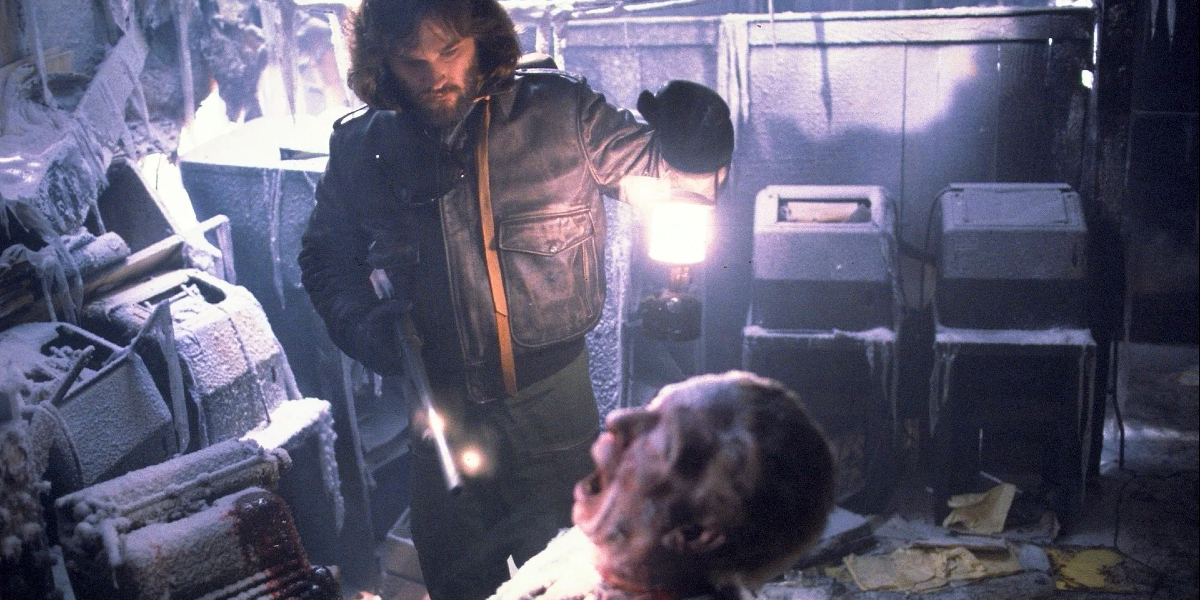
While John Carpenter delves into a wide range of themes when it comes to his filmography, body horror peaked with his The Thing, which was overlooked and underappreciated immediately following its release. Carpenter has always been a master of injecting compelling suspense into his narratives, case in point being his equally brilliant and horrific In the Mouth of Madness, but The Thing takes the cake in terms of being a horror film that brims with palpable anxiety.
The Thing opens with a group of people in a remote Arctic facility fighting for their lives when an alien shapeshifter, who takes on the form of people they know and trust, infiltrates their camp. The creature, of course, is a testimony to masterfully-created practical effects, combined with some pretty iconic sequences such as the spider-head crawling away and a man’s chest caving in and chomping on an arm.
Apart from this, the true terror in The Thing lies in the fact that no one has true control over their bodies anymore — the moment the alien parasite takes over, the host is merely a shell for them to inhabit, all of their humanity reduced to a final act of senseless murder. The heightened sense of claustrophobia that permeates the film stems from a specific, hypermasculine distrust, especially due to the fact that the group is essentially cut off from the rest of the world, and the prospect of having to kill a fellow man out of self-preservation (without ever being sure if they’re really themselves or not) is a terrifying situation to be in.
Hellraiser
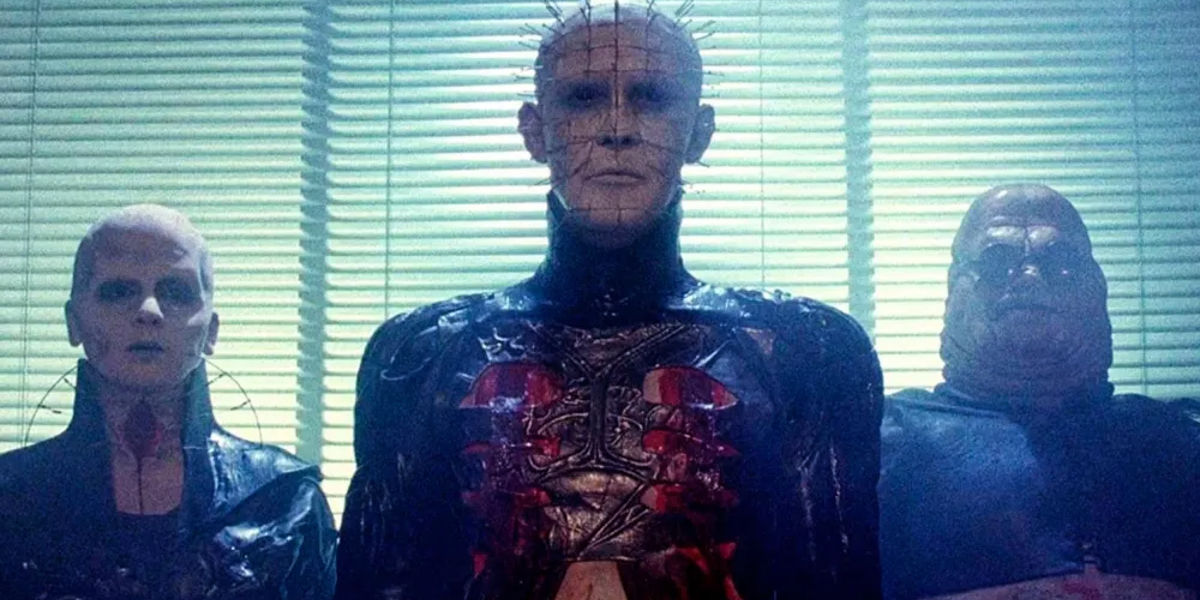
Clive Barker’s Hellraiser is memorable for a number of reasons, a key one being the cementing of a pop culture icon named Pinhead, along with the it laying the foundation of a franchise that went on to span decades (and is still expanding). Although all of the Hellraiser films consist of aspects of body horror due to the presence of the Cenobites, the 1987 horror-thriller conveyed the concept like no other.
First off, there’s Frank, whose resurrected body is grotesque and uncomfortable to look at, a premise made more horrific when several people are straight-up murdered so as for him to reform his skin. The fact that Frank went on to wear the face of his brother adds another unsettling layer to the film, supplemented by the visions of extreme sadomasochism glimpsed in the world where the Cenobites hail from.
Lastly, the Cenobites, who are neither angels nor demons, sport various bodily disfigurements, which are a source of both pleasure and pain for them, as their understanding of these concepts differs from that of humans. When each of these aspects, along with the premise of the interdimensional Lament Configuration is combined, we are left with a terrifying film that went on to pave the way for many films with similar themes in horror.
Tetsuo: The Iron Man
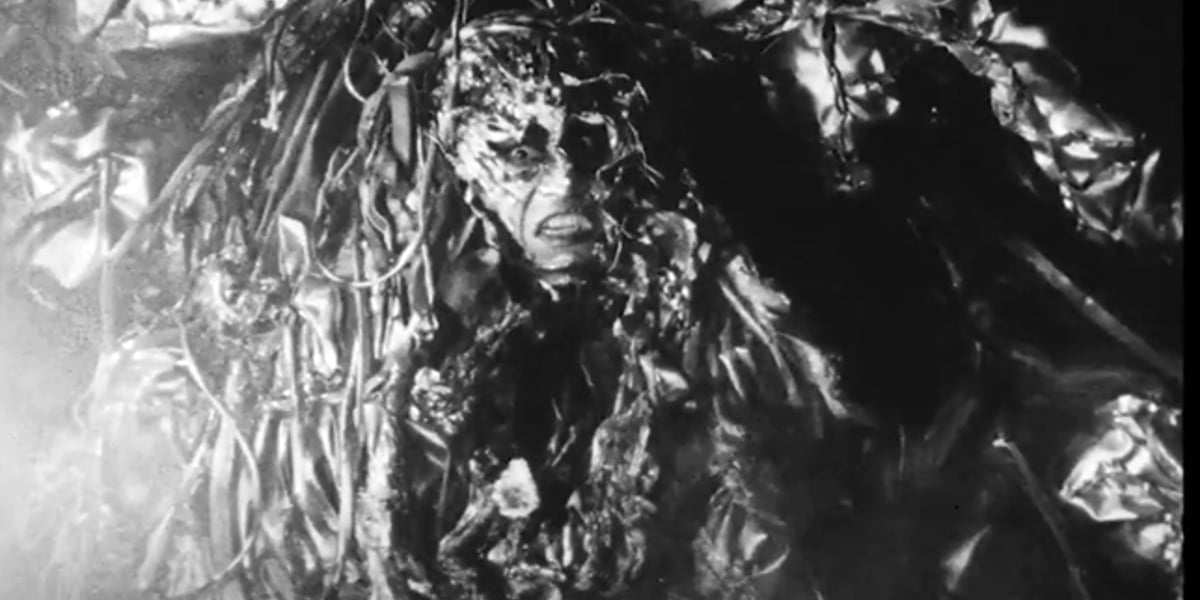
It is impossible to talk about body horror without acknowledging the legacy of Shinya Tsukamoto’s Tetsuo: The Iron Man, which is as graphic, disgusting, and nightmarish as one can imagine. The film opens with a man slicing his thigh open to insert a metal rod inside, and things get progressively worse when the wound gets infested with maggots.
Of course, Tetsuo is not for those who feel strongly about extreme representations of terrifying imagery with psychosexual themes, as the narrative gets increasingly more intense and gross with its runtime. The reason why Tsukamoto’s film is so seminal is the aura of cartoonish hyperreality that surrounds it, be it the premise, the acting, or the frenetic camera movements that drive certain scenes home.
Eraserhead
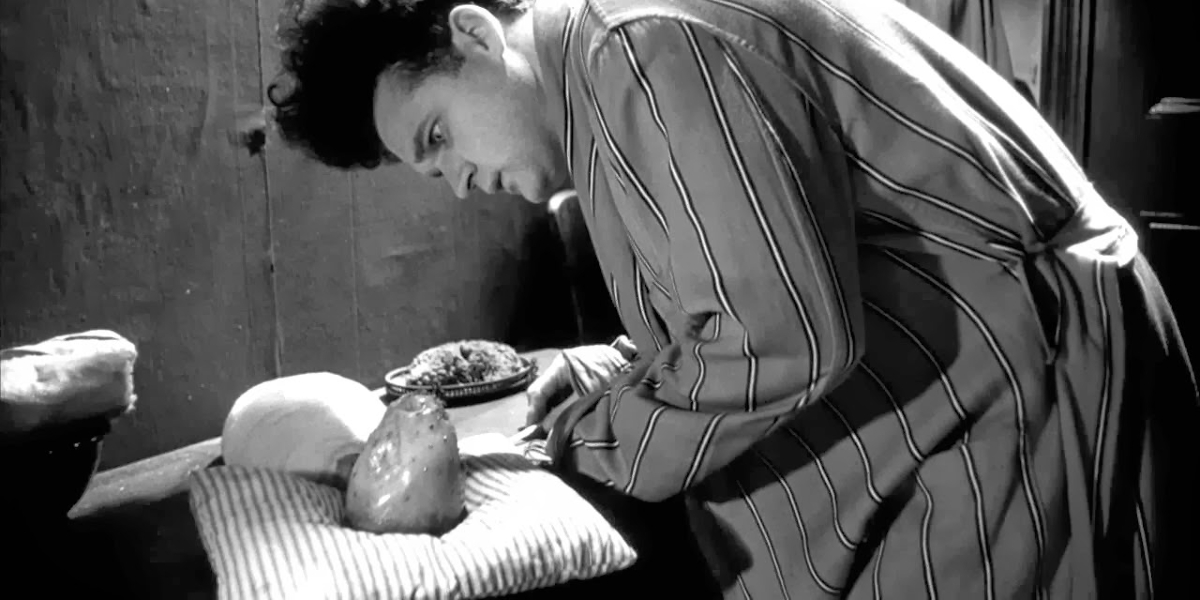
David Lynch holds mastery over surrealist horror, bringing unhinged, disturbing tales to life with a sense of absurdity that is intrinsically his own — one only has to look into the world of Twin Peaks in order to understand the auteur’s artistic complexities. While Lynch has always injected horror into his work, in films such as Lost Highway and Inland Empire, it was his 1977 Eraserhead that embraced body horror down to its nitty-gritties. Experimental in a way that can only be described as Lynchian, Eraserhead touches upon the themes of bodily pain that stem from the concepts of deformity.
The film revolves around a man (Jack Nance) who finds himself forced to assume the role of a father to a weird-looking infant creature with an egg-shaped, bulbous head. The Eraserhead baby is a metaphor for the deformities of the mind, and a means to dive deep inside the psychological constructs inherent within the film’s characters. However, what the baby symbolizes beyond this narrative function is widely interpretative, as the meanings have psychological and spiritual connotations, and might resonate with different audiences in a variety of ways.
Teeth
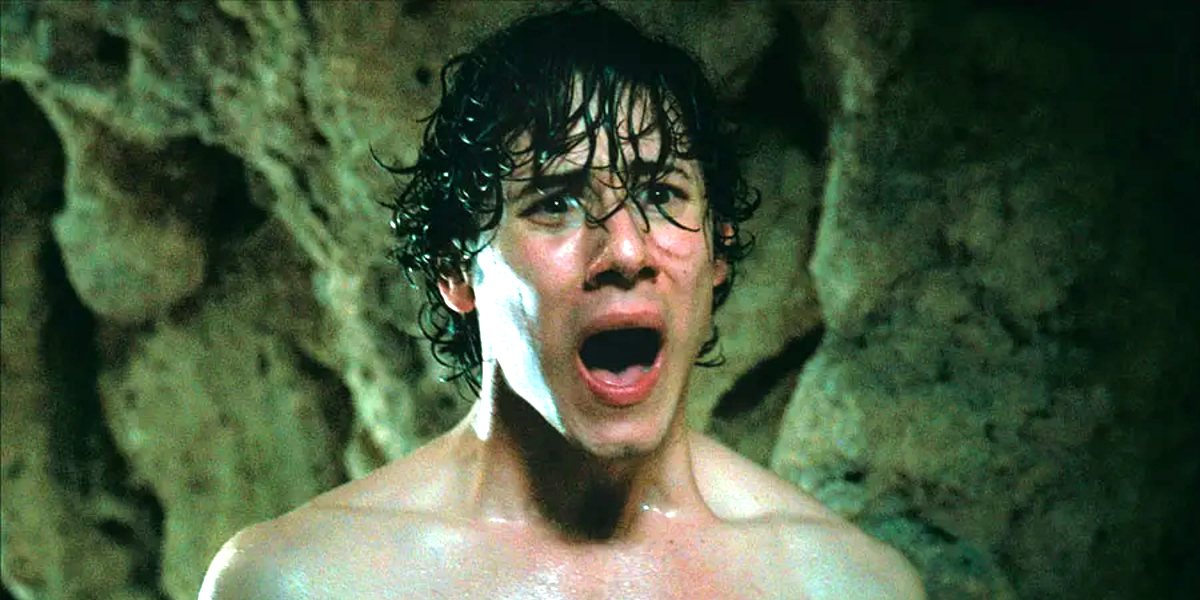
Teeth embraces the body horror trope to great effect, equipping the protagonist Dawn (Jess Weixler) with an in-built bodily mechanism to inflict pain on abusers of all kinds. Mitchell Lichtenstein’s Teeth utilizes the mythology surrounding vagina dentata to subvert the film’s horror tropes, as Dawn’s condition is empowering as opposed to limiting. Dark humor permeates the film, which also deals with the heavy themes of sexual abuse and physical assault while delving into the true meaning of consent. Teeth is a worthy entry in this list purely due to its cult status and fresh take on the genre.
Possessor
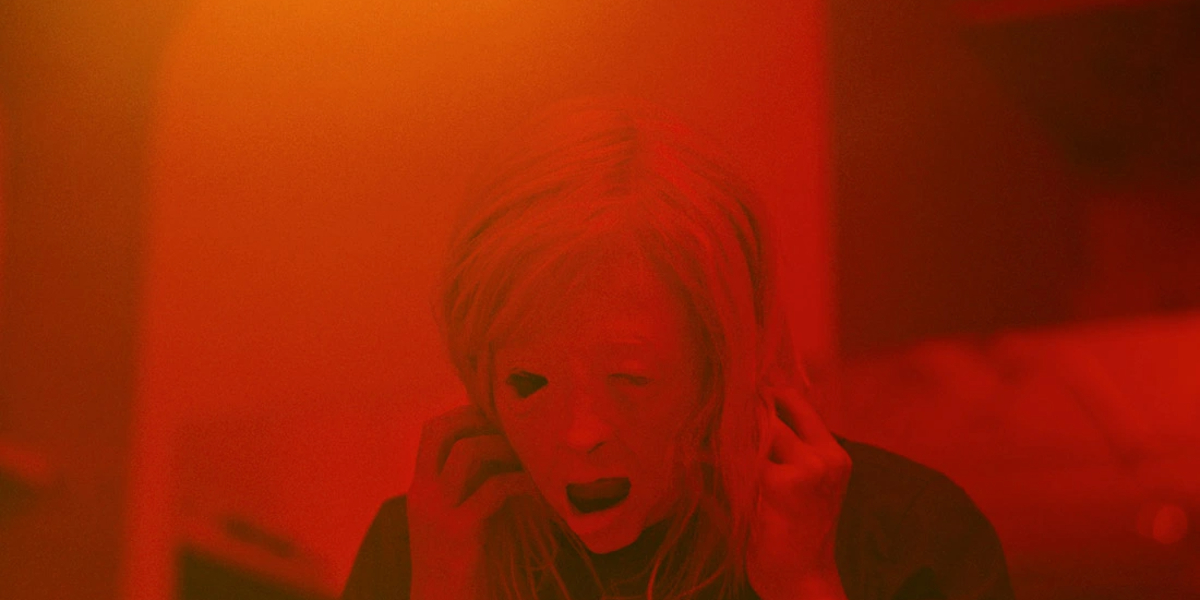
Time to round off the list with none other than Brandon Cronenberg, son of David, who has followed in his father’s footsteps and created his own unique brand of body horror. His 2020 film Possessor is an effective portrait of bodily autonomy, control, and the loss of the same, which is explored via the character of Tasya Vos (Andrea Riseborough), who uses a certain technology to hijack other people’s bodies to complete missions.
However, things go south during her final mission, in which Tasya struggles to gain control of the body she inhabits, leading to both identities bleeding into one another, which is a terrifying prospect. Brandon situates his father’s body horror tropes within the ambit of the modern age, diving into the issues of rampant digitization and the loss of privacy. The violence is brutal, the reveals unsettling, and the characters emerge as compelling portraits offering commentary on the personal and the political, with the body assuming center stage.

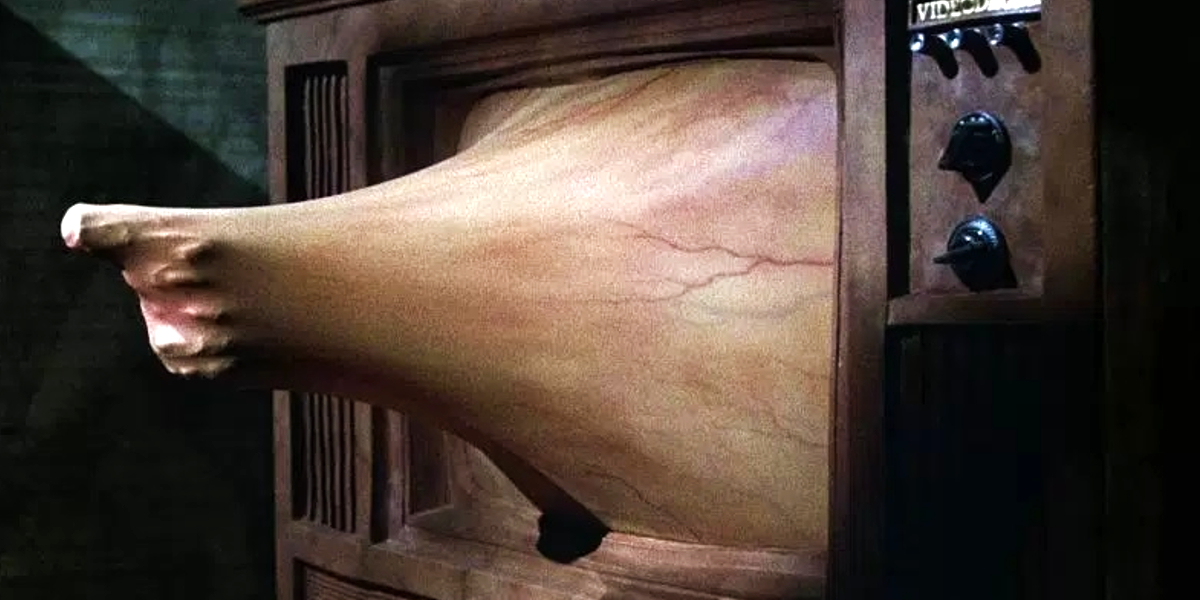








Published: May 17, 2022 09:04 pm